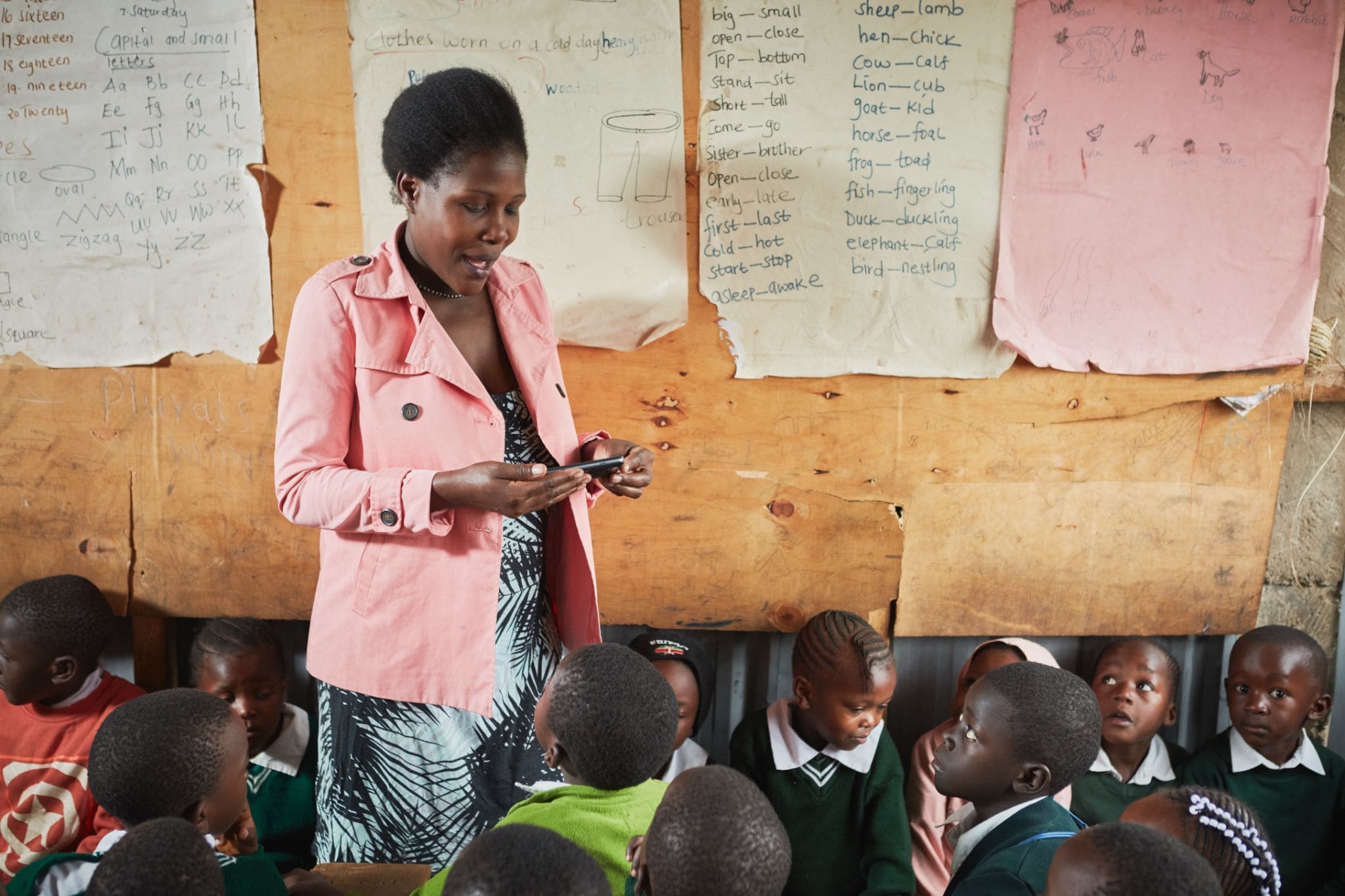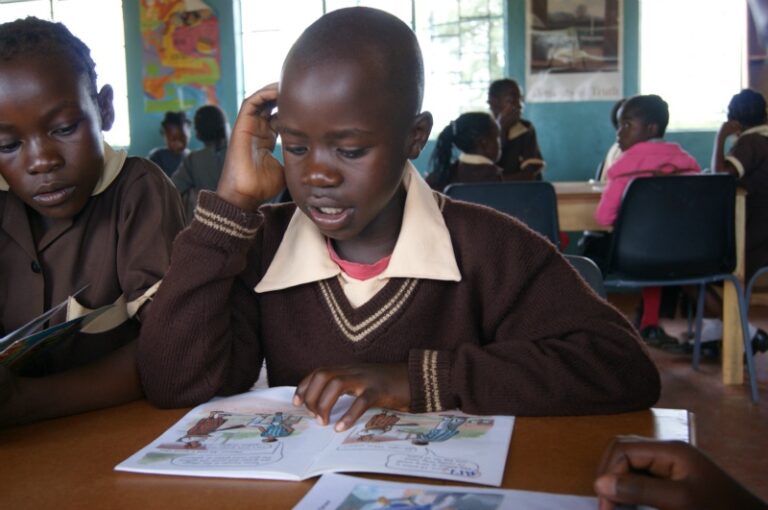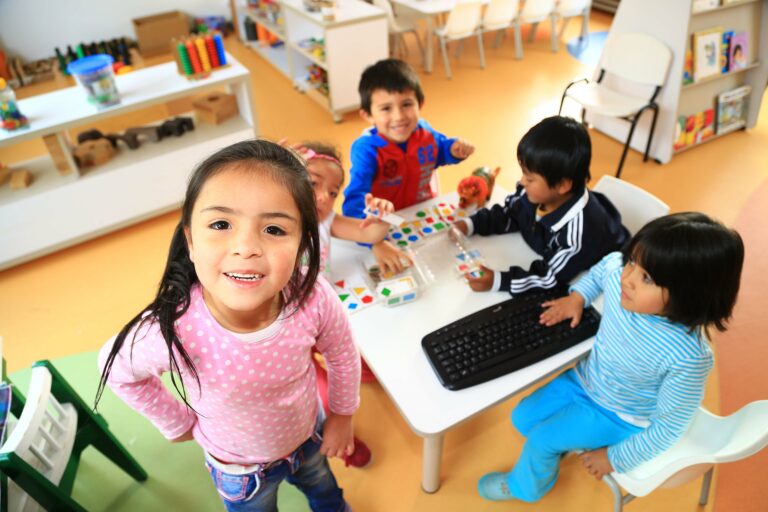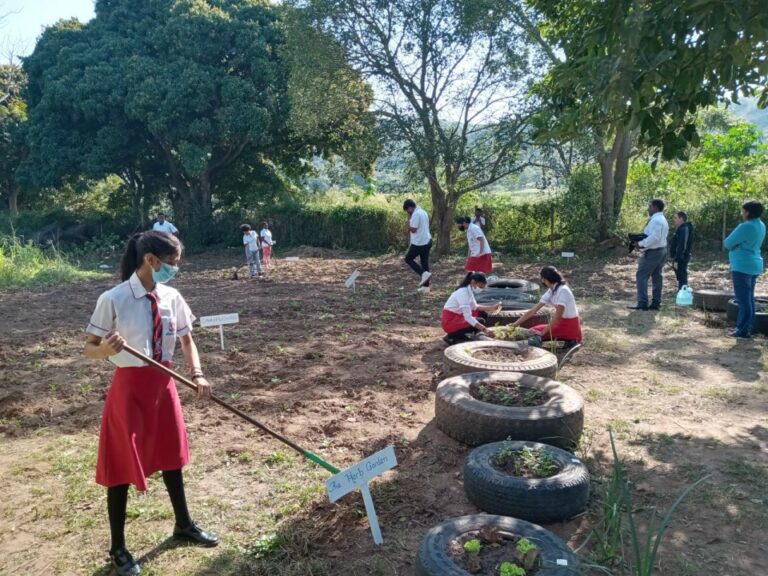Can technology solve the global learning crisis?

Digital education technology (EdTech) is increasingly positioned as an integral component of the solution to address the alarming rates of learning poverty in low- and middle-income countries (LMICs). But while there is some evidence that digital tools can effectively improve learning outcomes in LMICs, the 2023 GEM Report UNESCO, Technology in Education – A Tool on Whose Terms? flags various risks and limitations associated with relying on the use of EdTech to solve the global learning crisis. Factors like unequal access to the internet and devices, cost of data, patchy electricity supply, and insufficient teacher training can exacerbate rather than bridge the learning divide.
What makes EdTech interventions effective in improving learning outcomes?
Opportunity International EduFinance, an Education Finance Network member, recently published an evidence brief reviewing the vast literature on EdTech in LMICs and synthesizing the common factors necessary for EdTech programs to improve learning outcomes for disadvantaged students. While the evidence surrounding the impact of EdTech is mixed, three conditions were identified as critical for EdTech interventions to achieve success. These factors are described in the following sections, alongside examples of how EIDU, an EdTech social enterprise and Education Finance Network member, has incorporated them into their model.
EIDU provides a technology platform which is deployed in classrooms through low-cost digital devices, delivering adaptive educational content for learners, structured pedagogy for teachers, and data for governments and researchers. It is currently used by around 250,000 learners in over 5,000 pre-primary schools in Kenya through partnerships with County Governments.
Success factor 1: Consider existing access to technology and internet
Research indicates that, if not thoughtfully designed, deployment of EdTech may exacerbate inequalities rather than combatting them. Access to technology both at home and within the classroom – alongside the cost of facilitating greater access – are important factors to consider at the design phase of any EdTech intervention.
In addition, access to electricity that enables digital infrastructures and internet access in public classrooms is necessary to ensure the uptake of Edtech solutions. While internet connectivity is steadily increasing globally, 95% of those who remain unconnected live in LMICs, with the biggest barrier being affordability of devices and data.
EIDU’s platform can be deployed in classrooms through as little as a single low-cost smartphone serving up to approximately 30 learners, and the software can operate offline, with data transfer happening as and when the device is connected to the internet. The cost of data has the potential to fall as low as $5 dollars per child per year at scale, which can represent a low-cost solution for governments.
Success factor 2: Use personalized-adaptive learning software to tailor content to each individual
Research has found that adaptive learning and teaching at the right level (with or without technology) can have a significant impact on improving learning outcomes, particularly for students falling behind their grade level. However, in traditional classroom settings, offering personalized and adaptive instruction places a heavy burden on the teacher, who is required to individually assess the level of each student and quickly adapt their teaching to each need. EdTech can make teachers’ jobs easier by employing personalized-adaptive learning software to deliver individualized instruction. Indeed, many studies have shown that PAL software that adapts lessons for student levels can be one of the most effective uses of EdTech.
The EIDU platform uses a student-facing Digital Personalized Learning (DPL) tool, where content is personalized based on each learner’s individual history and performance, using personalization algorithms which are continuously evaluated through A/B tests to ensure their efficacy. Today, EIDU’s open platform is generating over 300,000 unique test results per month for 250,000 learners enrolled in Kenya’s public school system. This data is driving collaborations with the wider research community, including EdTech Hub and Google.org, to improve the efficacy of personalized learning among learners.
Success factor 3: Accompany EdTech with ongoing teacher training to integrate technology in the classroom
The successful integration of EdTech interventions into the curriculum depends on teachers’ ability to appropriately incorporate technology. Studies indicate that technology that replaces rather than complements teaching has no impact on student learning outcomes, and learning gains are greater when delivered by experienced teachers rather than supervisors administering technology without pedagogical support. In addition, according to the 2023 ‘Smart Buys’ report, providing teachers with structured pedagogy stands out as one of the most cost-effective interventions for enhancing learning and educational outcomes.
Within the EIDU model, teachers have access to Tayari, a proven high-impact structured pedagogy program designed for the Kenyan curriculum that prepares pre-primary learners for entry into primary school. As part of EIDU’s program, teachers receive training and digital lesson plans along with structured feedback from government teacher trainers. Teacher trainers also receive dedicated training and low-cost smartphones to enable their support to work.
EIDU’s impact and the ongoing need for EdTech research
While the potential of EdTech to address the global learning crisis is significant, the challenges outlined in the 2023 GEM Report emphasize the need for careful consideration and comprehensive strategies to ensure success. EIDU’s approach, integrating Personalized-Adaptive Learning software, cost-effective deployment, and structured teacher training, demonstrates a model that holds promise.
EIDU’s platform is currently subject to a large-scale randomized controlled trial (RCT) involving over 3,000 learners. Preliminary mid-line results at the six-month mark show that EIDU learners see a 0.42SD uplift compared to control learners, putting EIDU amongst the top educational interventions in pre-primary grades in the LMIC context. The peer-reviewed, endline report from the RCT will be published in early 2024.
Over the next two years, EIDU aims to scale up the pre-primary program across Kenya to serve approximately 2 million children in 24,000 schools. Simultaneously, they are planning a primary-grade rollout across the country, as well as expanding to other countries.
Continued research and evaluation are essential to refining EdTech interventions, addressing potential pitfalls, and ensuring that technology becomes a true catalyst for positive educational transformation. This requires a collaborative effort, with academia, governments, technology providers, and other partners working together to unlock the full potential of EdTech and bridge the learning divide in LMICs.





